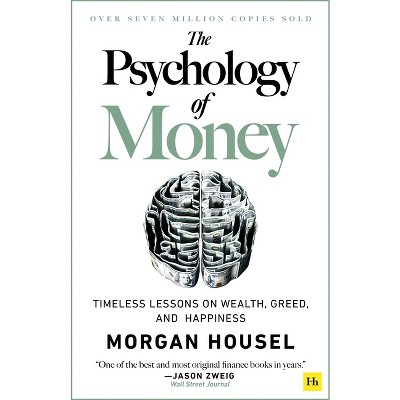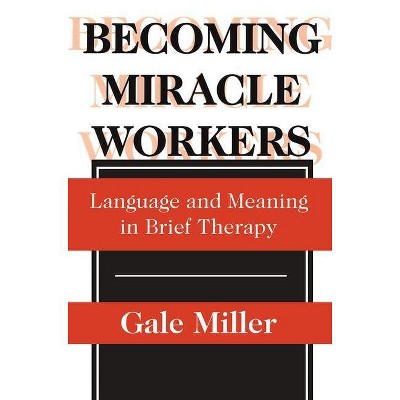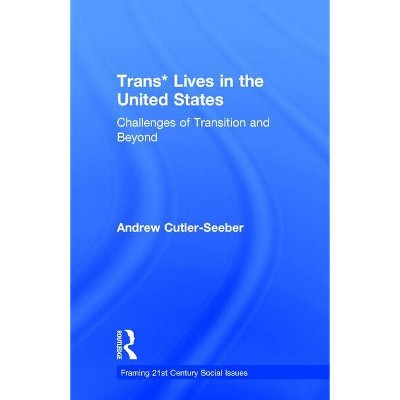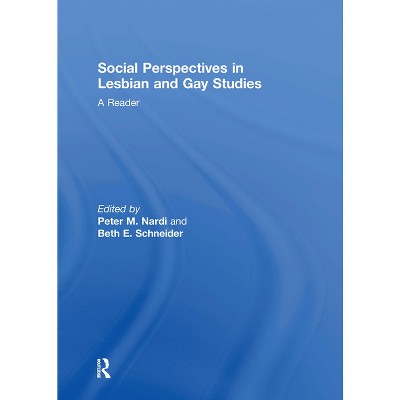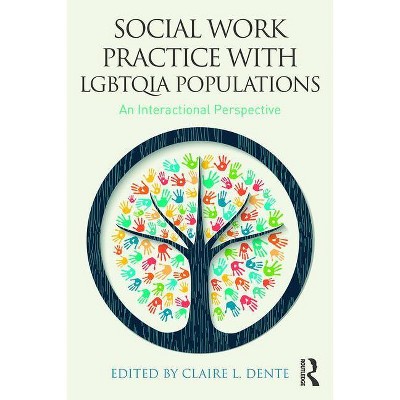About this item
Highlights
- The creative use of fear by news media and social control organizations has produced a "discurse of fear" - the awareness and expection that danger and risk are lurking everywhere.
- Author(s): David L Altheide
- 238 Pages
- Social Science, Media Studies
- Series Name: Social Problems & Social Issues
Description
About the Book
The creative use of fear by news media and social control organizations has produced a "discurse of fear" - the awareness and expection that danger and risk are lurking everywhere. Case studies illustrates how certain organizations and social institutions benefit from the explotation of such fear construction. One social impact is a manipulated public empathy: We now have more "victims" than at any time in our prior history. Another, more troubling resutl is the role we have ceded to law enforcement and punishment: we turn ever more readily to the state and formal control to protect us from what we fear. This book attempts through the marshalling of significant data to interrupt that vicious cycle of fear discourse. David Altheide employs a method, which he calls "tracking discourse", to map how the nature and the extent of the use of the word "fear" has changed since the 1980s; how the topics associated with fear, the topics of media discourse, have also changed over the same period (for example, the emphasis "moves" over time across AIDS, crime, immigrants, race, sexuality, schools, and children); and how certain news sources prevail over others, thus protectively insulating themselves from criticism of the premises of their discourse frames.Book Synopsis
The creative use of fear by news media and social control organizations has produced a "discurse of fear" - the awareness and expection that danger and risk are lurking everywhere. Case studies illustrates how certain organizations and social institutions benefit from the explotation of such fear construction. One social impact is a manipulated public empathy: We now have more "victims" than at any time in our prior history. Another, more troubling resutl is the role we have ceded to law enforcement and punishment: we turn ever more readily to the state and formal control to protect us from what we fear. This book attempts through the marshalling of significant data to interrupt that vicious cycle of fear discourse. David Altheide employs a method, which he calls "tracking discourse", to map how the nature and the extent of the use of the word "fear" has changed since the 1980s; how the topics associated with fear, the topics of media discourse, have also changed over the same period (for example, the emphasis "moves" over time across AIDS, crime, immigrants, race, sexuality, schools, and children); and how certain news sources prevail over others, thus protectively insulating themselves from criticism of the premises of their discourse frames.Review Quotes
-A prolific media scholar, Altheide (Arizona State Univ.) combines sociology with media studies to address why and how (and the degree to which) news media are making people more fearful of their surroundings and life in general... As the author sums it up, -The major point of this book is that fear has become more pervasive in our lives.- Using some fascinating charts and diagrams to supplement his discussion, Altheide makes clear how and why this is true. Upper-division undergraduates through professionals.-
--C. Sterling, Choice
"A prolific media scholar, Altheide (Arizona State Univ.) combines sociology with media studies to address why and how (and the degree to which) news media are making people more fearful of their surroundings and life in general... As the author sums it up, "The major point of this book is that fear has become more pervasive in our lives." Using some fascinating charts and diagrams to supplement his discussion, Altheide makes clear how and why this is true. Upper-division undergraduates through professionals."
--C. Sterling, Choice
"A prolific media scholar, Altheide (Arizona State Univ.) combines sociology with media studies to address why and how (and the degree to which) news media are making people more fearful of their surroundings and life in general... As the author sums it up, "The major point of this book is that fear has become more pervasive in our lives." Using some fascinating charts and diagrams to supplement his discussion, Altheide makes clear how and why this is true. Upper-division undergraduates through professionals."
--C. Sterling, Choice






